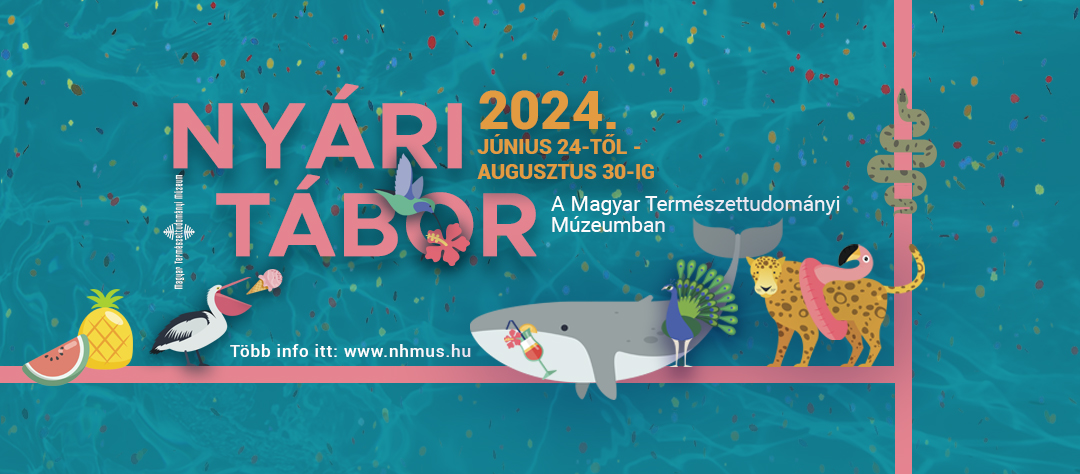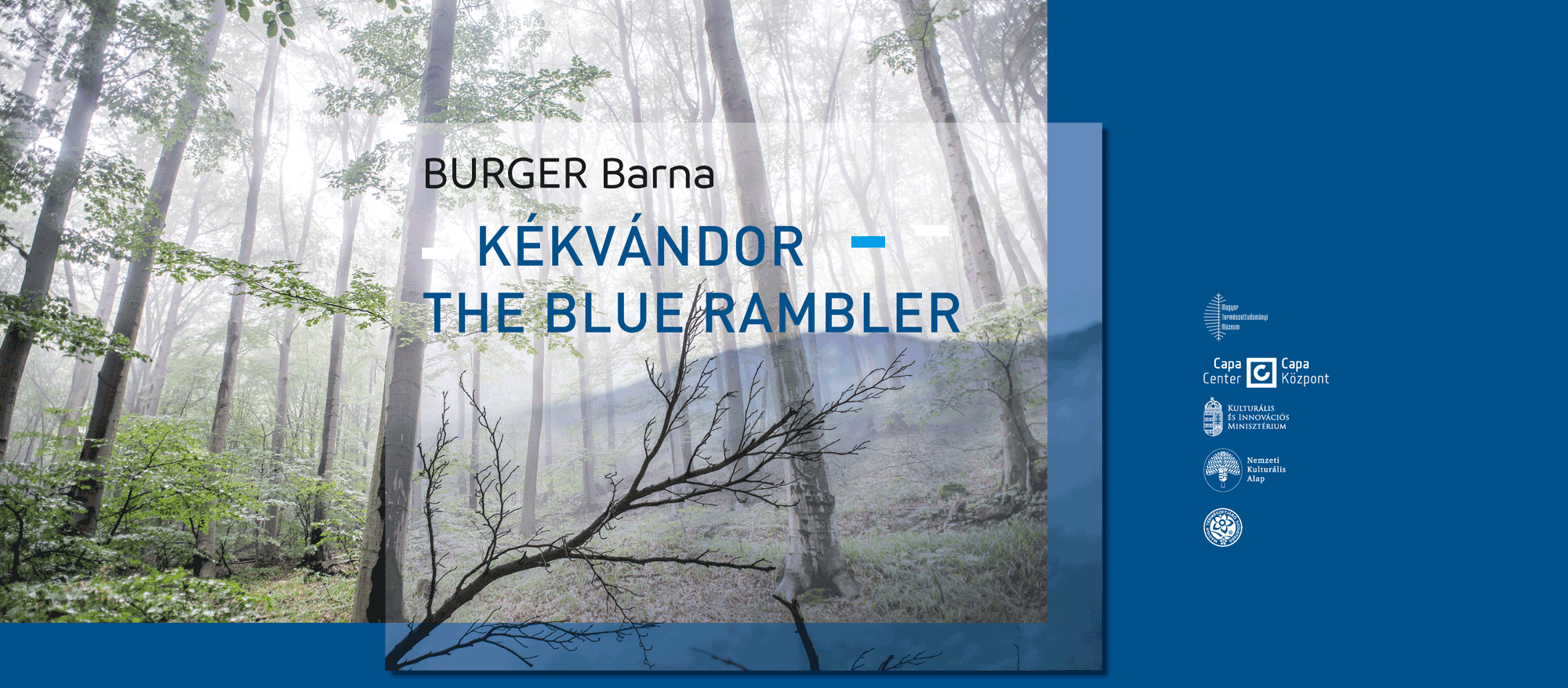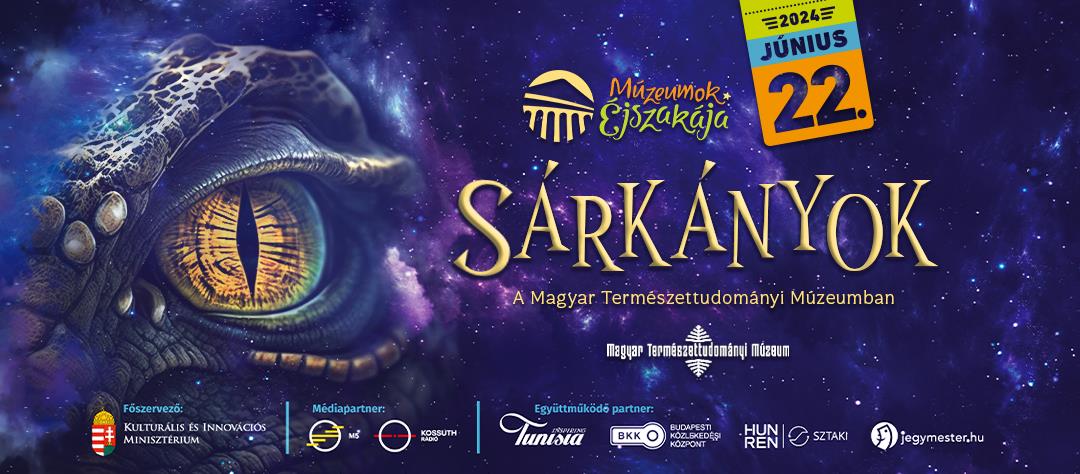Tomáš Lackner, a German researcher with a Hungarian background, visited our museum from Munich within the SYNTHESYS project. He speaks eight languages and has travelled all around the world. He lived in Japan, the Netherlands and the Czech Republic for an extensive time. We asked him about his profession and aims, but he also told us how his family vacation had turned into an odd expedition.
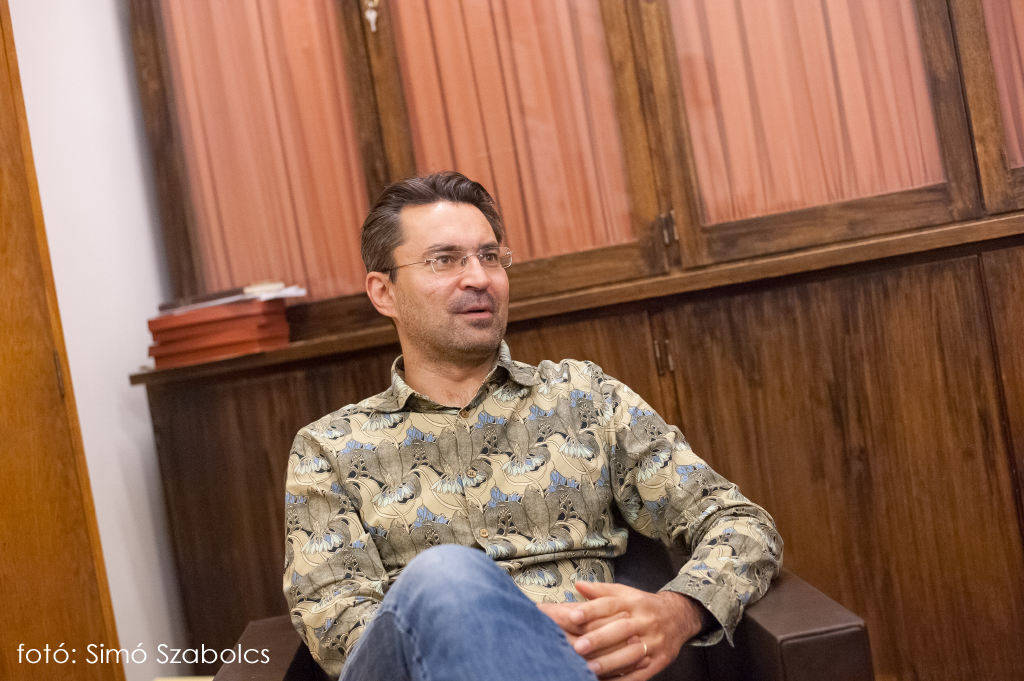
What is the aim of your visit?
I would like to find clown beetles (also known as hister beetles) in the Coleoptera Collection of the Hungarian Natural History Museum that were collected in the past in the area of the Kingdom of Hungary, but today they enrich the fauna of Croatia, Romania or Slovakia. The collection can give a comprehensive overview on the distribution of the species that live in the Carpathian Basin.
Why is this Clown beetle collection so special?
The most valuable part for me is Edmund Reitter’s collection. His type specimens are held right here, in this museum. Studying Middle European type material really helps the definitions of the species.

The only specimen of Epiechinus cavisternus known today is one and a half millimetres (0.06 inches) long (photo: Tamás Németh and Aranka Grabant)
Have you found a favourite specimen in this collection?
Yes, and I have not even seen all of them, yet! Some of the specimens are so unique, that there is not another one existing in the whole world. A good example is the tiny Epiechinus cavisternus, which was collected by Lajos Bíró in New Guinea in 1897. As you see, I am not only looking through the Middle European materials but also exotic ones.
What are the Clown beetles like and what is their ecological role?
The diversity of the clown beetles, just like in the case of almost all other insect groups, increases towards the Equator. Many species feed on maggots, so it is almost sure you can find them at places where something is rotting. Besides, some of them live in tree holes, while others are associated with anthills or restricted to the burrow systems of small mammals. Consequently, the species that live in anthills feed on ant larvae and those ones that live in trees survive on the larvae of beetles and flies associated with dead wood. There is a species that can only be found in the nest of the European bee-eater. Most of the clown beetles are roundish and squat – that is why they are called karapuzik in Russian, which expression refers to chubby toddlers, while other ones are flat. Species that live in trees have big eyes. It is interesting, because these eyes are completely useless in the pitch dark inside the tree. Their vision might have a function in twilight when they fly from one tree to another seeking mates or food.
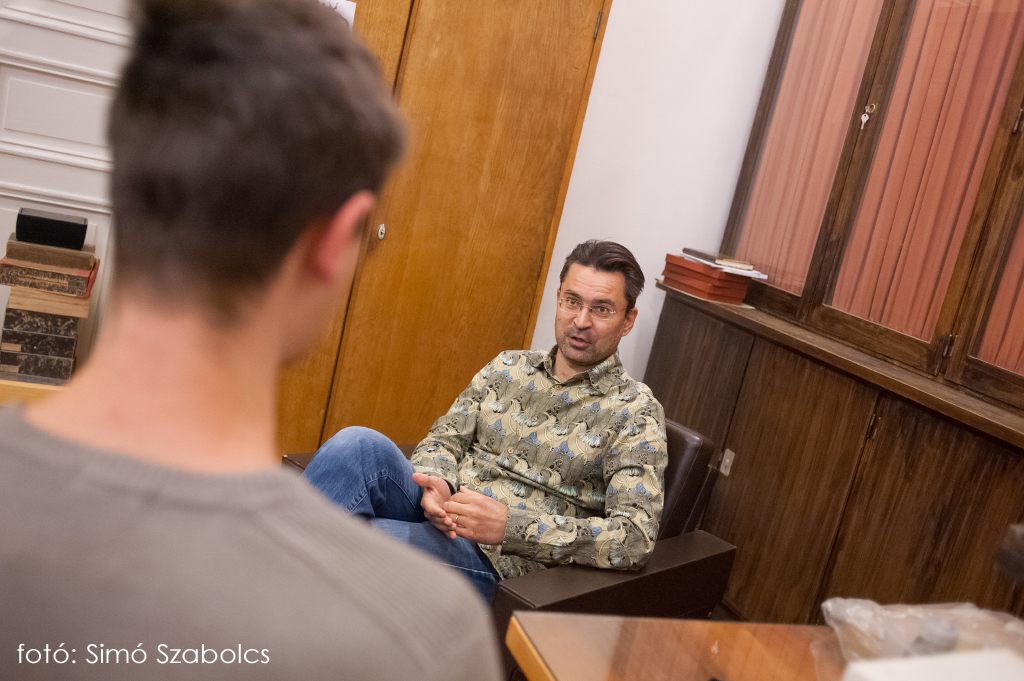
Are the Clown beetles used in protection against flies?
Yes, for example in Australia, when cattle farming appeared. Due to the lack of scarab beetles, the cow manure accumulated on the pastures, which increased the number of the fly larvae. Today, three non-indigenous clown beetle species fight against the flies there.
What methods are used for collecting clown beetles?
Collecting these insects is not necessarily fun, as we sometimes have to search through manure and carcasses for them. Moreover, it is not all the same, what kind of bait we use since each clown beetle species can be captured by carcasses of different animals. All in all, it comes with not a little inconvenience.

Clown beetles from Middle-Europe. Left: Saprinus maculatus (surviving on carcasses; middle: Cylistix elongata (living under bark); right: Satrapes sartorii (living in anthills) (photo: František Slamka)
Here are some stories as examples. During a family vacation in Crete, I noticed beech martens hit by cars along the road. I found one that did not stink yet, so I put it in the car. When we arrived at our accommodation I put it out to rot for a couple of days to attract the beetles there. Soon we left for another hotel on the other side of the island and the beech marten travelled with us on the roof of the car. You can imagine how happy people were around us when we stopped on our way for a coffee.
One of my researcher colleagues works with reptiles in the Prague Zoo and he also has snakes in his home. He feeds them with rats and mice. He is also very good at collecting beetles; his favourite ones are the histerid beetles. Once, he decided to go for a collecting trip in Algeria. As he did not want to waste his time to find a carcass in the desert, he thought he would take the bait with himself from home. He has a home-made canning machine, so he canned some of his rodents. He wanted to open it up in the middle of the desert, where the clown beetles, which have an acute sense of smell, would immediately find the food. His plan, however, failed because one of those cans exploded due to decomposition gasses during a check in at the Algerian airport. It must have been a very unpleasant situation. I cannot even imagine how he could explain why he had been travelling with carcasses in his baggage. I am not as fanatic as him and fortunately I do not have a canning machine.
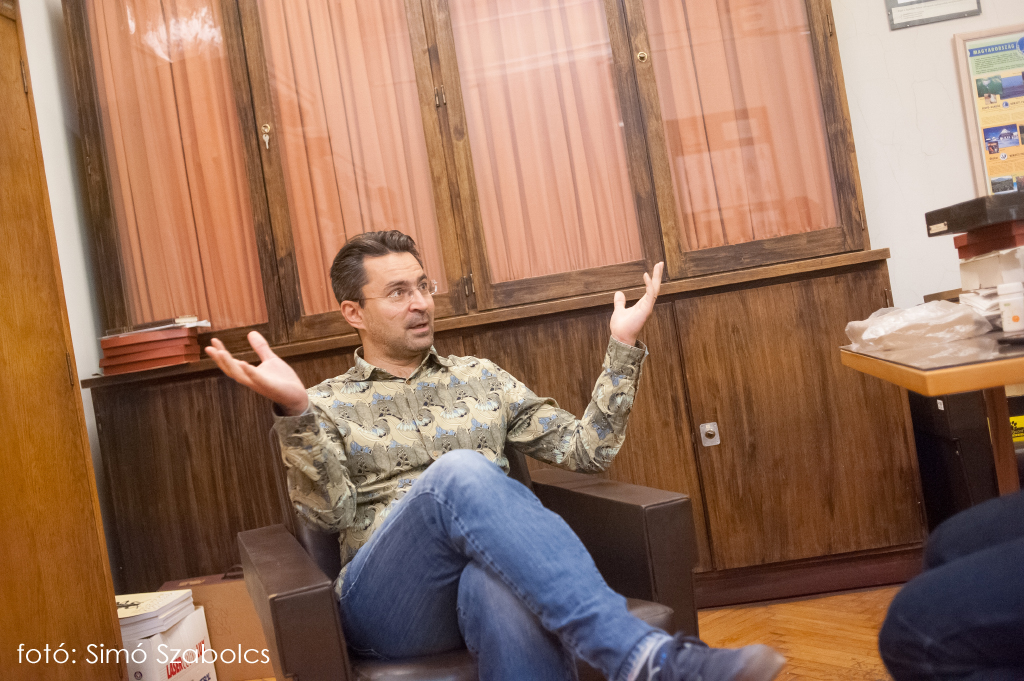
Which other museums do you want to visit to finish your book?
Within the framework of the Synthesys project, I visit Middle European institutions. I have been to Prague and Berlin and I am planning to go to Vienna. Although I was born in Slovakia, I have never been to the Slovakian National Museum, so it is time to visit Bratislava. It would be nice to work at Swiss museums, as well, but as the country is not a member of EU, it does not participate in the Synthesys program. Hopefully, a colleague of mine can help in this case.
What will be your book about?
I am writing a monograph of the Middle European histerid beetles. Last year, I already published a sort of iconography in the Czech "Icones Insectorum Europae Centralis" series of the Folia Heyrovskyana. It contains photos of all Middle European species with their distribution but without identification keys. My book will be important because additionally to the photos and illustrations, it will include keys. It should be an overall work that presents the life and taxonomy of 135 species. The photos will be taken by the professional butterfly photographer, František Slamka.
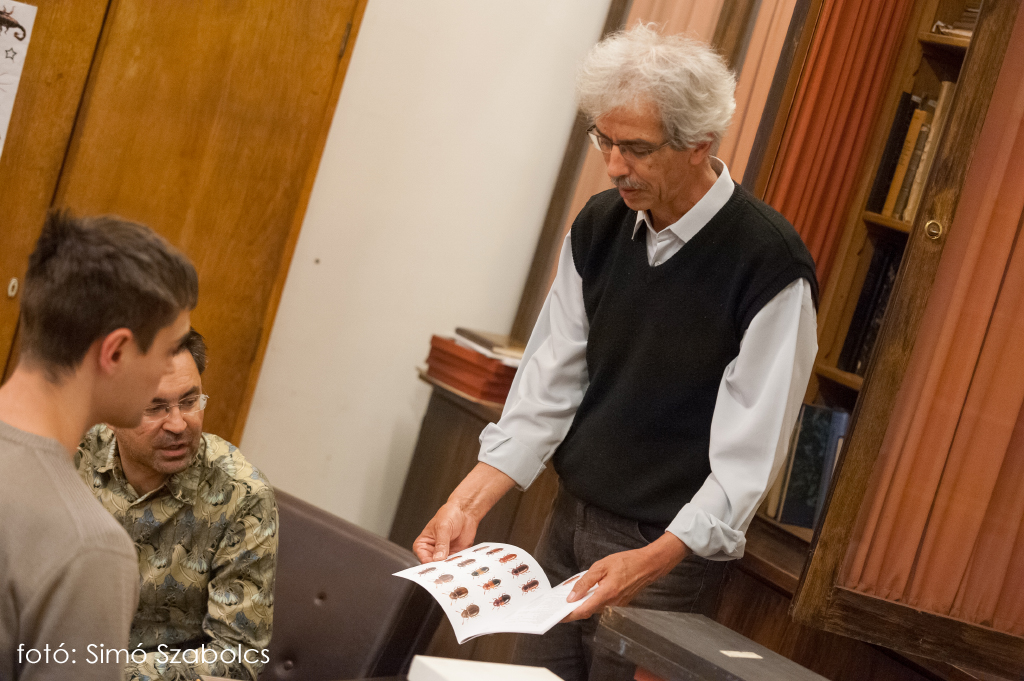
Ottó Merkl, the senior curator of the Coleoptera Collection of the Hungarian Natural History Museum, shows the Czech iconography.
You speak Hungarian. Is it helpful in researching here?
As a matter of fact, it is not relevant to my job, as the species descriptions are in Latin, German or English. Although I like the cultural diversity and I speak eight languages, I think the English language, which is the most understandable all over the world, should be used in the scientific life. Italian and Russian researchers sometimes still publish in their own languages and a while ago so did the Japanese and Chinese researchers. It is hard to imagine how we would be able to comprehend their works.
Speaking Hungarian was helpful here in the everyday life. People seem to be very kind by using older but very polite expressions that are not in use any more in Germany or Slovakia at all.
Written by: Bernadett Döme, Krisztián Kucska
Translated by: Bernadett Döme
Photo: Szabolcs Simó
Edited by: Ottó Merkl, Szabolcs Simó

